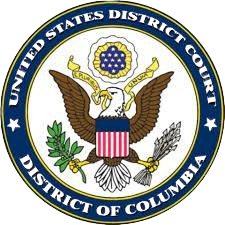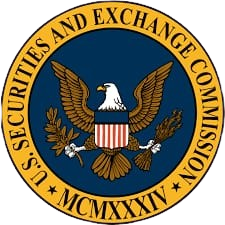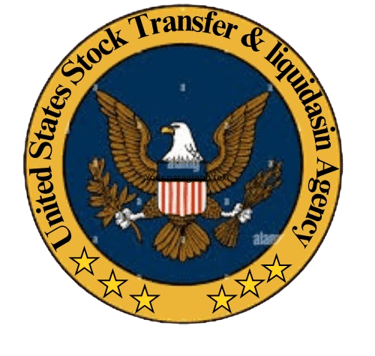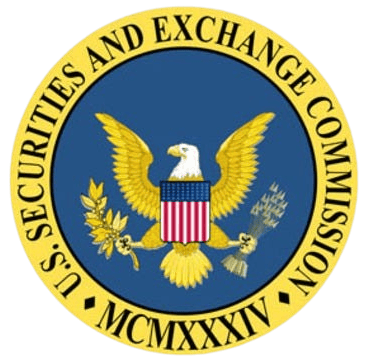
U.S. Stock Transfer & Liquidation Agency
Together, we work towards creating a fair and just playing field. Our goal is to ensure that all liquidation processes are handled efficiently and in compliance.
Liquidation Certificate
Download application for liquidation certificate here.
Contact us for expert guidance today.
Work with state regulators efficiently.
Expert Guidance
State Collaboration






So you can trust the liquidation process
We oversee all public corporation liquidations, ensuring compliance with regulations during voluntary and bankruptcy processes. Download applications and contact us for assistance.


"Give me six hours to chop down a tree and I will spend the first four sharpening the axe."
Abraham Lincoln
"
Regulatory Compliance
We oversee adherence to liquidation rules, working closely with state regulators and the SEC.


Application Process
Download the application for a certificate of liquidation and submit your case details easily. Download files here


Contact Our Liquidation Teams
Get in touch for certification applications and inquiries regarding liquidation regulations. We're here to assist you throughout the process.
Reach
Support
contact@gov.usstla.site
Frequently asked questions
In What Order Are Parties Compensated During a Corporate Liquidation?
When a company undergoes voluntary or involuntary liquidation, the order in which parties are compensated is governed by corporate law and insolvency regulations. The purpose of this structure is to ensure a fair and legally compliant distribution of the company’s remaining assets.
This priority list applies to most U.S. jurisdictions and aligns with both state corporate laws (e.g., Delaware General Corporation Law) and federal bankruptcy principles (under Title 11 of the U.S. Code).
What We Oversee:
Shareholder Approval of the dissolution plan
Filing of all final legal and tax documents with relevant agencies
Asset Distribution Compliance, ensuring shareholders are compensated according to law
Coordination with escrow agents, law firms, and liquidation officers
Protection of shareholder records and entitlements throughout the process
USSTLA ensures transparency, legal consistency, and fairness in the closure of U.S.-based corporations—whether private, public, or foreign-held.
🧾 Lost Share Certificate – What to Do
Inform them in writing that the certificate is lost.
Provide your full name, shareholder ID (if available), and number of shares.
You’ll be required to sign a “Lost Certificate Declaration & Indemnity Form”.
This confirms you’re the rightful owner and the certificate hasn’t been transferred or sold.
To protect the company from fraud, a surety bond may be required.
Cost: Usually 2–5% of the certificate’s value.
Some agents offer a bond through their own insurer or third-party bonding company.
Once verified, the shares may be:
Reissued in digital format (book-entry)
Or you’ll get a new paper certificate
Can Fees Be Deducted from an Escrow Account?
No, fees cannot be deducted from the escrow account by any third party.
The escrow account is held in your name and the Liquidator’s name jointly. This means:
Only you (the beneficiary) or the appointed Liquidator can authorize movement of funds.
No agent, attorney, or third party can access the funds directly.
Funds remain locked in escrow until your acceptance and verification are completed.
Once verified and approved, the Liquidator will initiate release of funds according to the agreement.
No fees are deducted unless you authorize it in writing as part of the final payout process.
How Long Does Payout Take After USSTLA Authorization?
Once the United States Stock Transfer & Liquidation Agency (USSTLA) authorizes the release of funds from escrow, the Transfer Agent immediately begins processing the payout upon:
Receiving proof of payment, or
Confirmation that funds have arrived in their designated account.
Processing Timeline:
Initiation: The Transfer Agent begins processing within 24 hours of receiving payment confirmation.
Completion: Beneficiaries typically receive the funds in their bank account within 3–5 business days, depending on the recipient’s banking institution and country.
⚠️ Note: Delays can occur due to banking holidays, compliance verification, or incomplete beneficiary details.
For the smoothest process, ensure:
Your KYC is approved
Your payment instructions are correct
Any outstanding forms (e.g., payment receipt instructions) are completed
What Is a Warrant?
A warrant is a financial instrument that gives the holder the right (but not the obligation) to buy company shares at a fixed price (called the exercise price) within a certain time period.
Example:
If you hold 1,000 warrants with a 1:1 ratio and a $10 exercise price:
You can buy 1,000 shares at $10 each, even if the market price is higher.
If you don't exercise before the expiry, the warrant becomes worthless.
Why Companies Use Warrants:
To attract investors
As bonus incentives in M&A deals
As part of private placements or compensation packages
Regulation
Ensuring compliance in public liquidation processes.
Compliance
Liquidation
© 2025. All rights reserved.The Federal Government of the United States of America. CIK:0000024179





Tel: + 1 202 773 7237
Email: contact@gov.usstla.site
